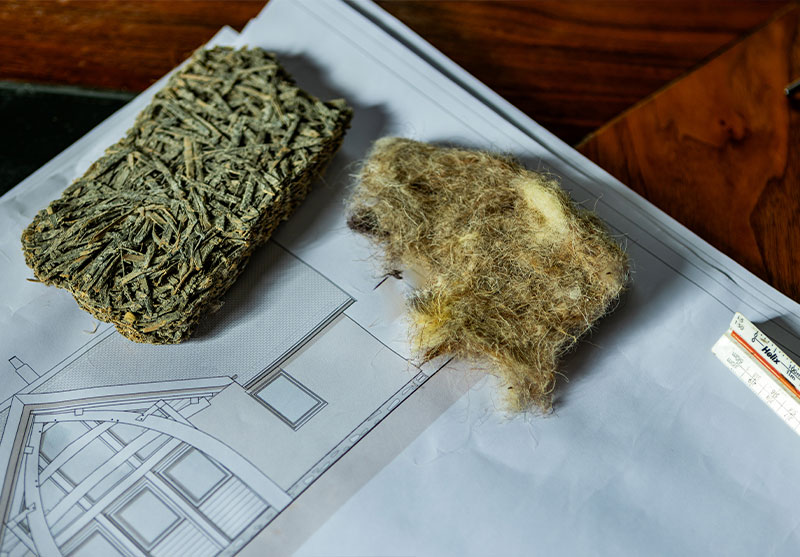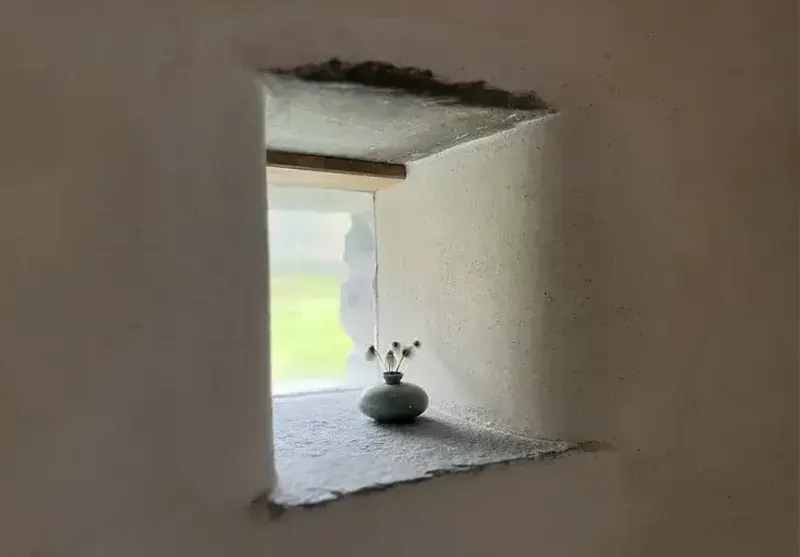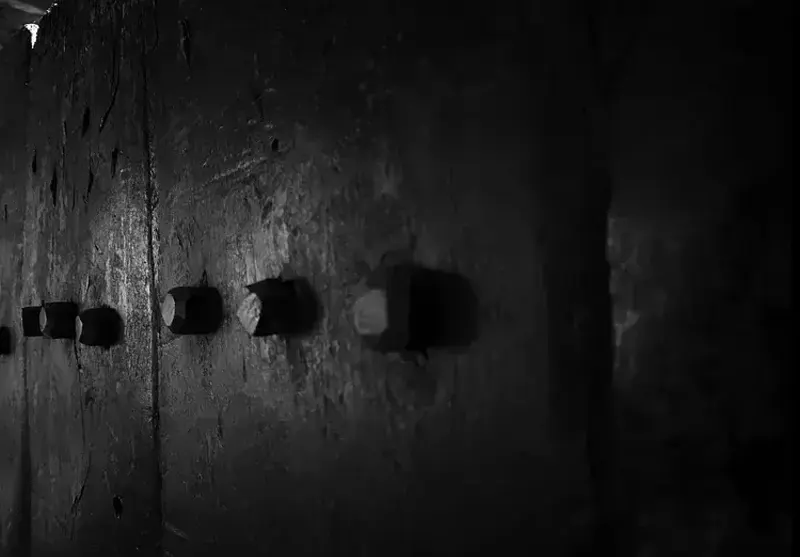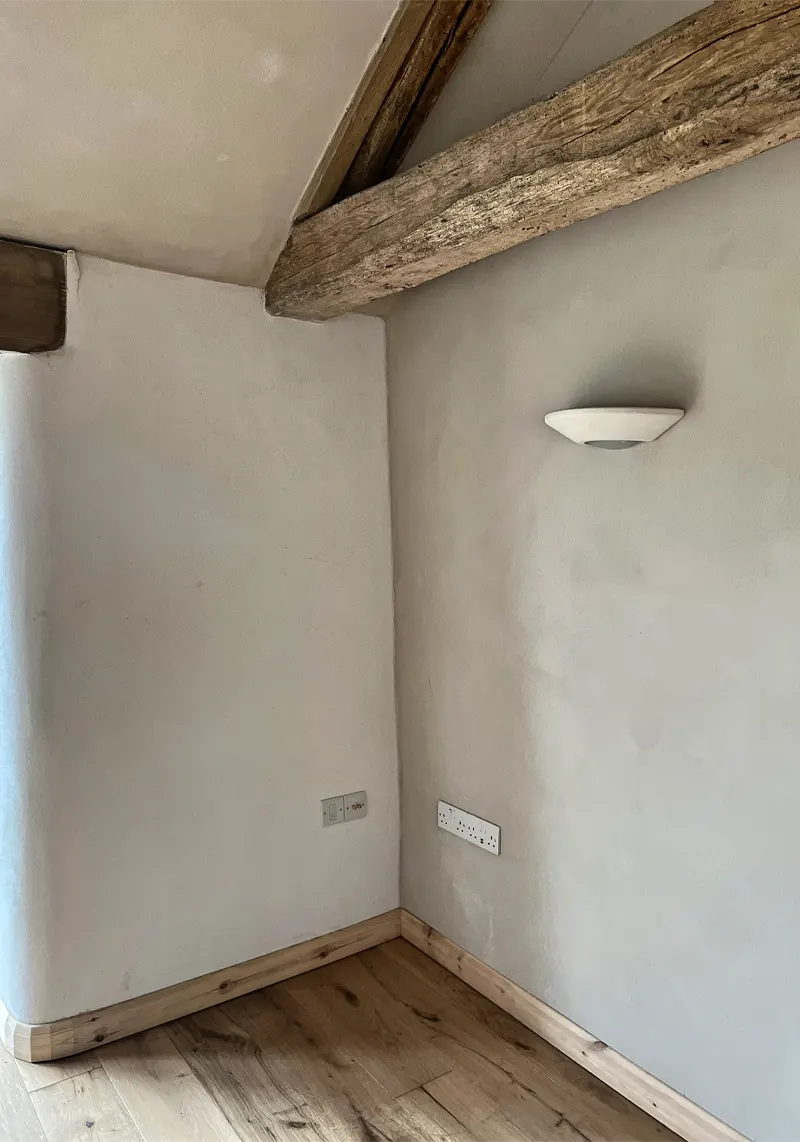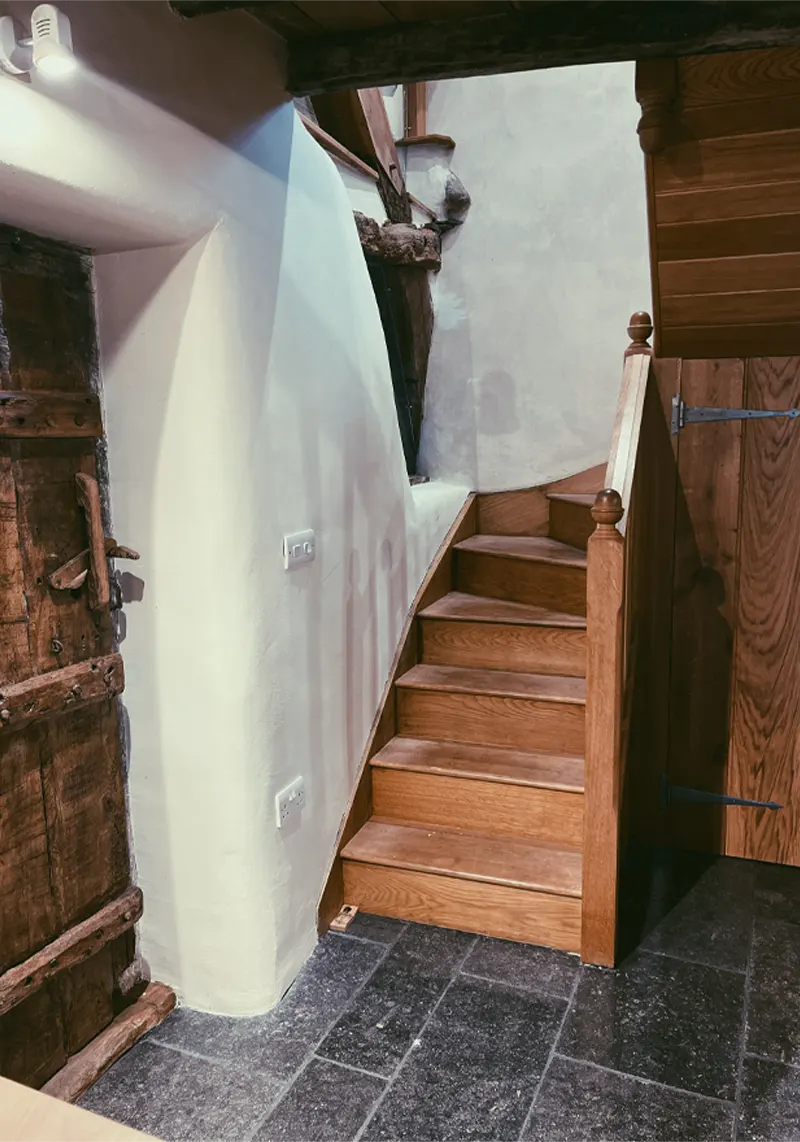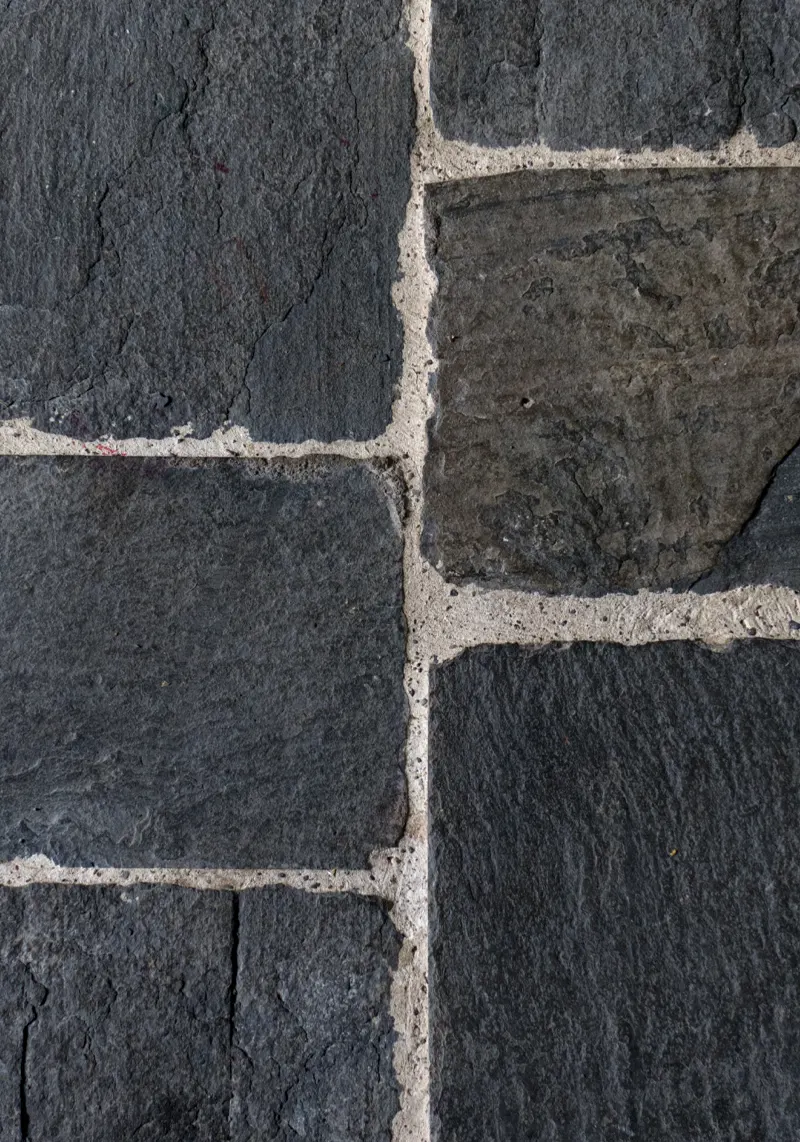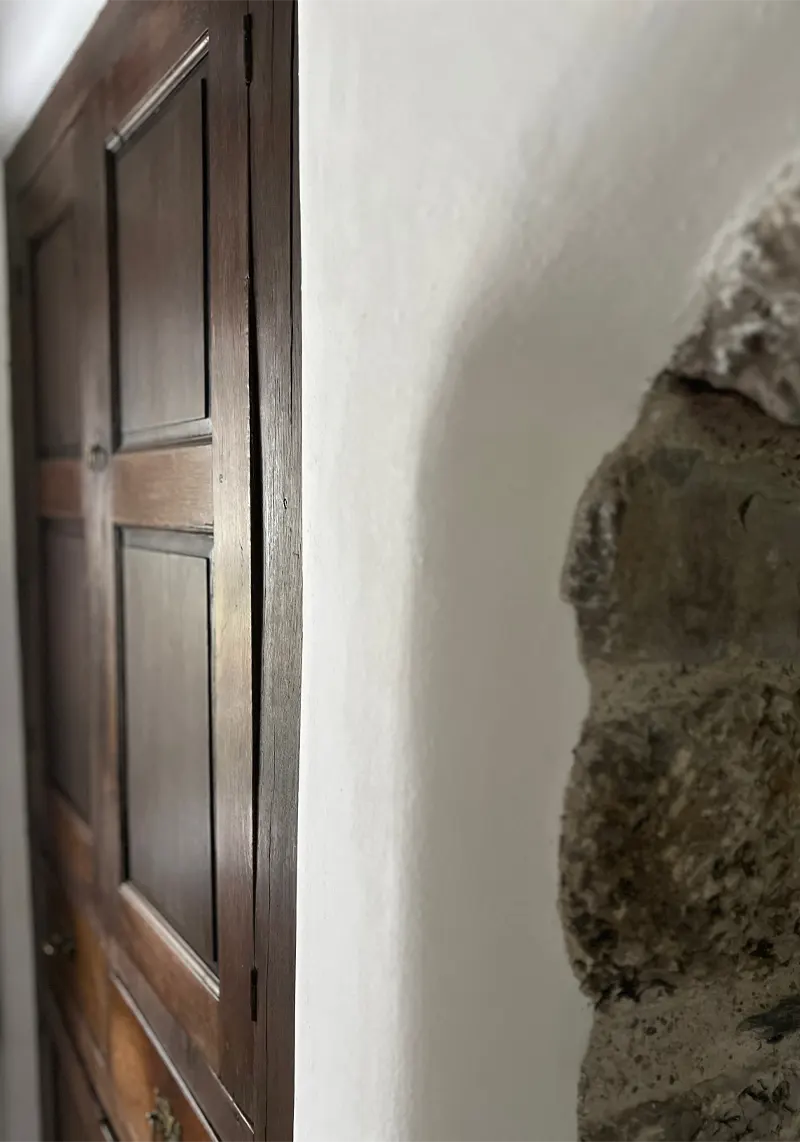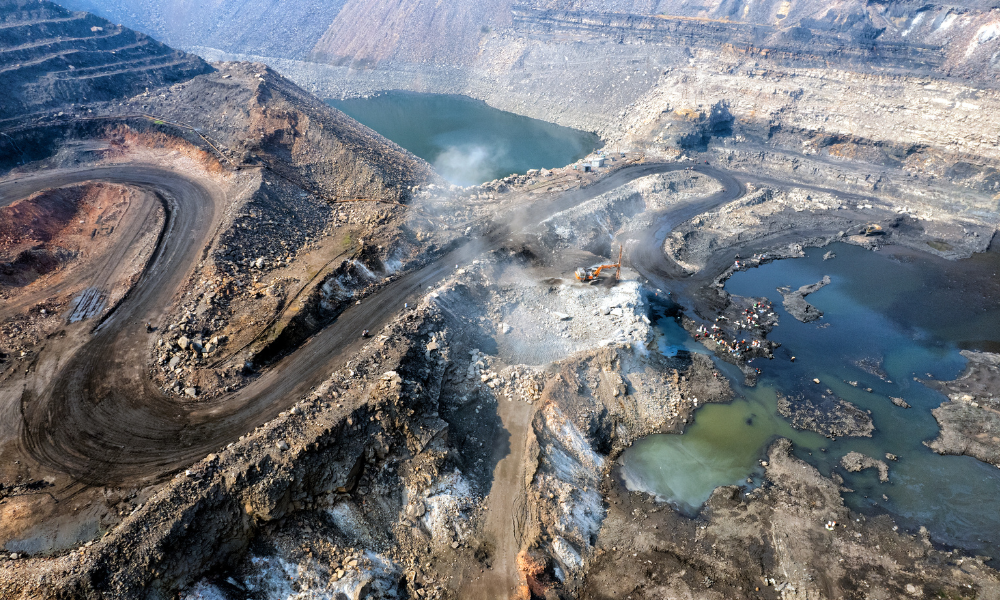Our Work
We specialise in heritage buildings or contemporary sustainable designs that include natural materials.
Our Values
At Stephen Grindrod Limited, we are more than just a building company. We support the regeneration of people, place and planet.
We support people by creating spaces that enhance the health and well-being of the inhabitants and by championing practical skills and meaningful employment.
We contribute toward restoring Britain's places by conserving existing heritage structures and building our future heritage today.
We support the planet by actively working to reduce our industry’s impact and envisioning and demonstrating a future where our homes and lifestyles can positively impact Earth.
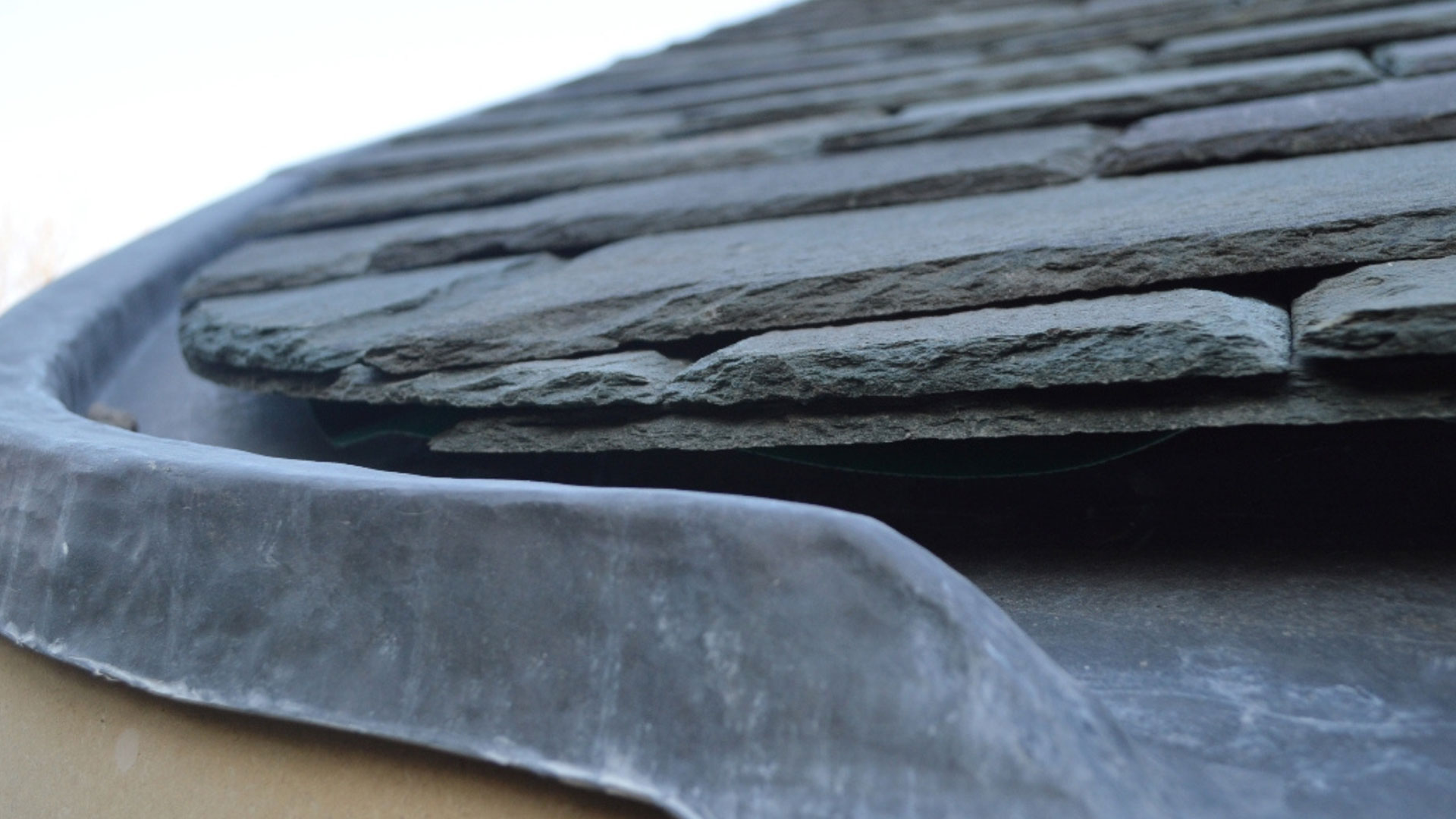
Case Studies
Take a tour of a few of our projects to explore our work further.
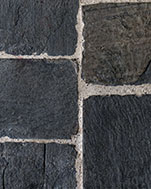
I can't recommend SGL highly enough! It's been wonderful having the team involved in this stage of Rookhow's journey. The workmanship and commitment to conservation helps to secure the buildings for the next generation, and that gives stability and sustainability to the charity and its work.
Sue Nichols
Development ManagerSkills and Materials
We work with a range of specialist products and materials that are ideal for heritage, natural and sustainable building projects. Take a tour of some of our favourites.
Where We Work
We are based in Cumbria and will consider building projects across the North West. We are also taking on a small number of regenerative projects in Scotland and the North of England.
Please complete the contact form below to book a free consultation.

